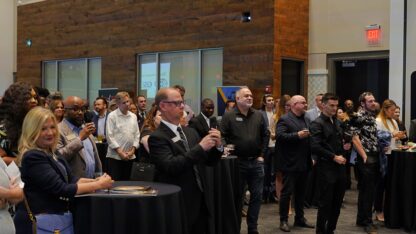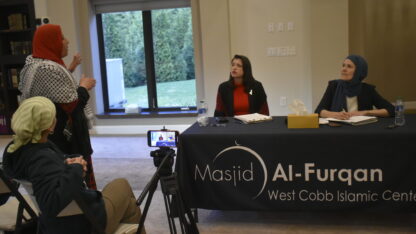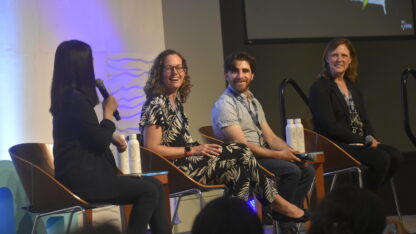Old MARTA Maps, Photos And Sketches Are Now Online
If you’ve ever wondered what MARTA was thinking when it built a station the way it did, now you can read all the details.
Georgia State University has digitized more than 300 MARTA maps, documents, photos and sketches that date back to the 1960s.
Ryan VanSickle is a senior planner at MARTA. He gave the documents to the university library to archive so that the public could access them online.
He said the collection tells the story of how MARTA began and why stations look the way they do today.
“These are actually the original documents detailing the decisions that we made,” Vansickle says. “I mean you kind of see the evolution of where the lines could have gone from the very beginning when they were just the first drawings all the way up to formation of this new agency that was created to build and operate it.”
The collection includes sketches for train stations that were never built ─ such as the Perry Homes transit station. It would have been the last stop on the Green Line. In the 1990s, the Atlanta Housing Authority tore down the Perry Homes units to build new mixed-income apartments.
It includes some ambitious plans too.
“So you could exit the MARTA subway train, go upstairs, get on the people mover,” VanSickle says. “It would whisk you over to the Convention Center and other parts of downtown. I mean that was very reflective of things that were trying to be done in the 70s, but never really panned out most places.”

Other maps show plans from 1968 when rail lines were drawn through Cobb County. In 1971, the county decided not to join MARTA.
Kathryn Michaelis, the digital projects coordinator at Georgia State University, says the photos and planning documents are a good historical reference.
“There’s always debate about what the best thing to do with MARTA is and how to expand it,” Michaelis says. “I think it’s just interesting to kind of see where it came from and relate that to the way it’s changing now.”








